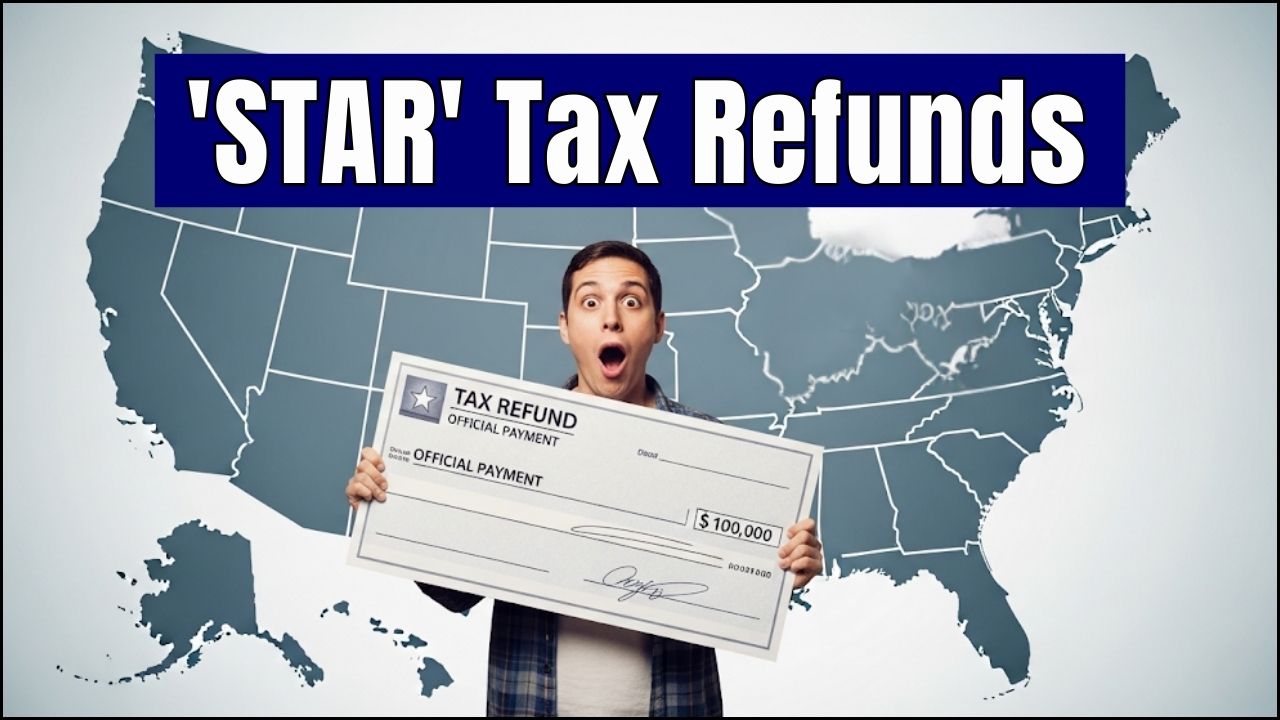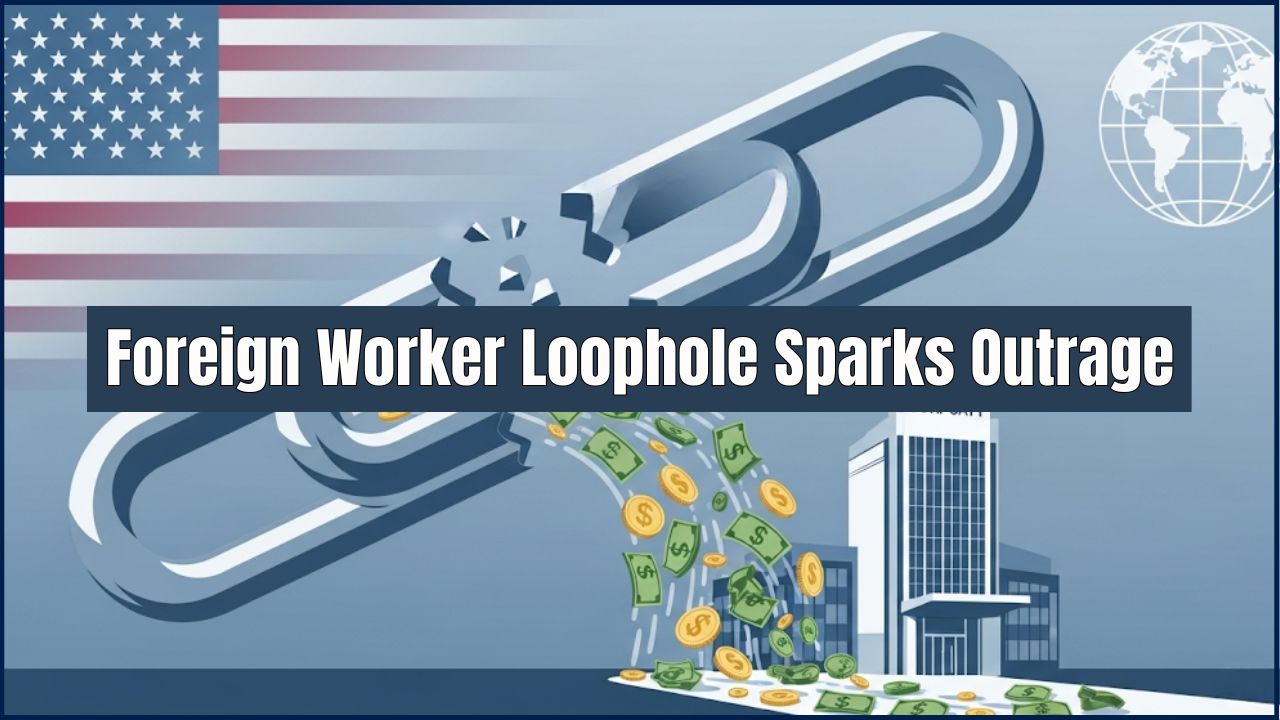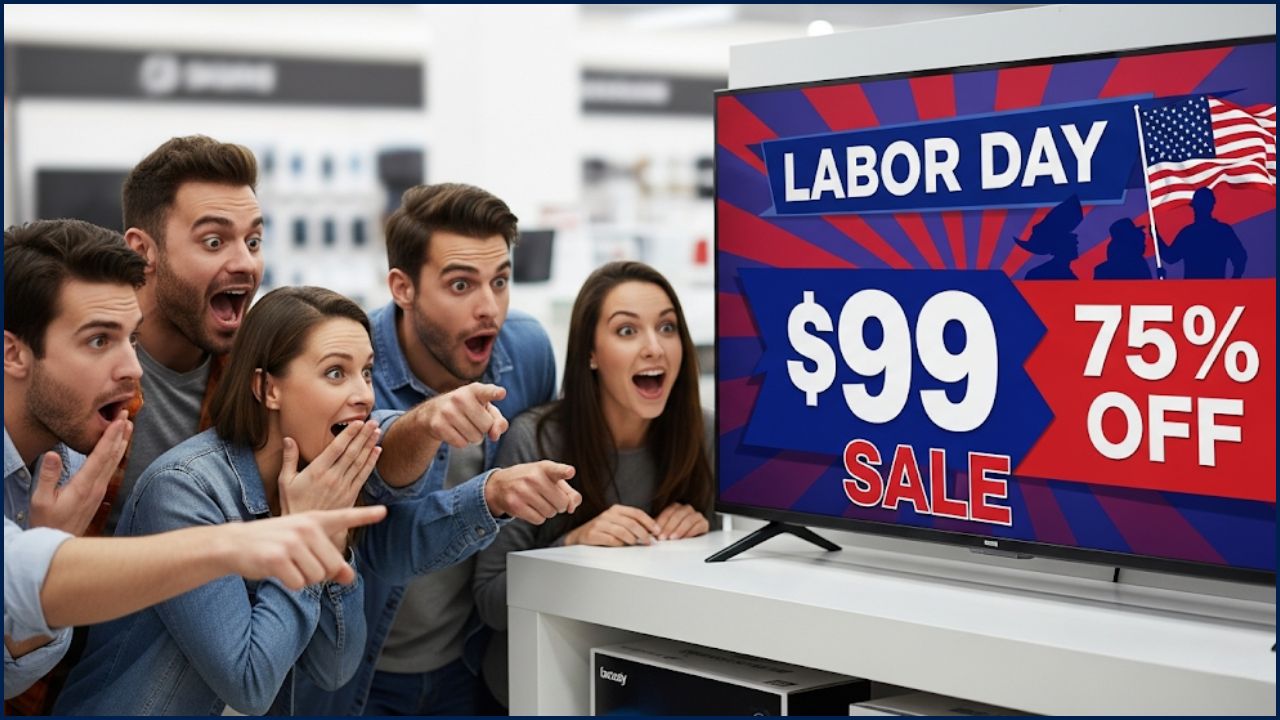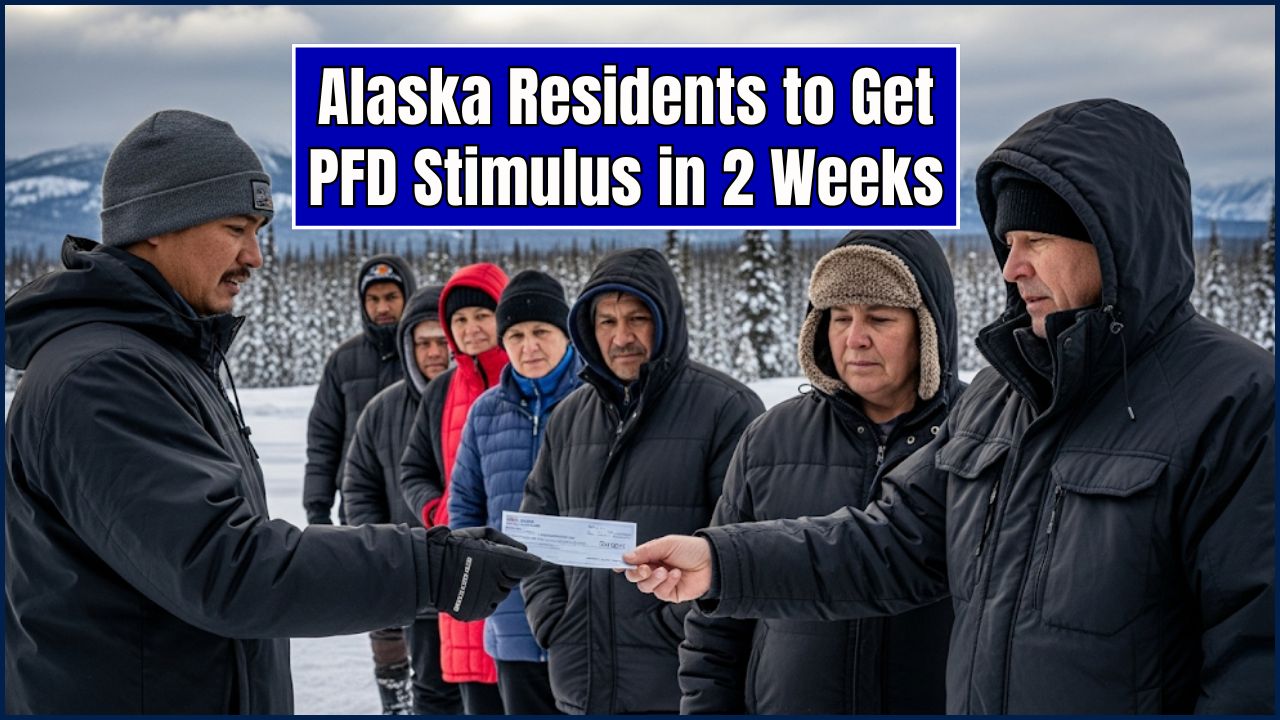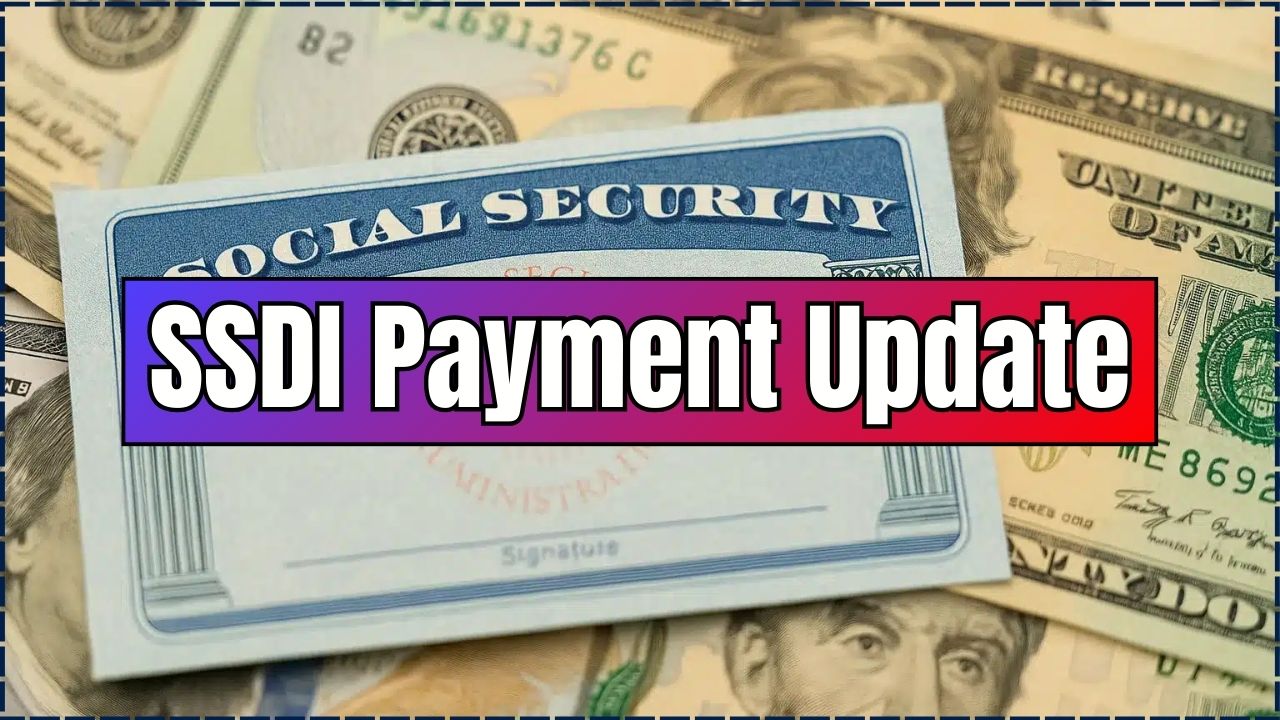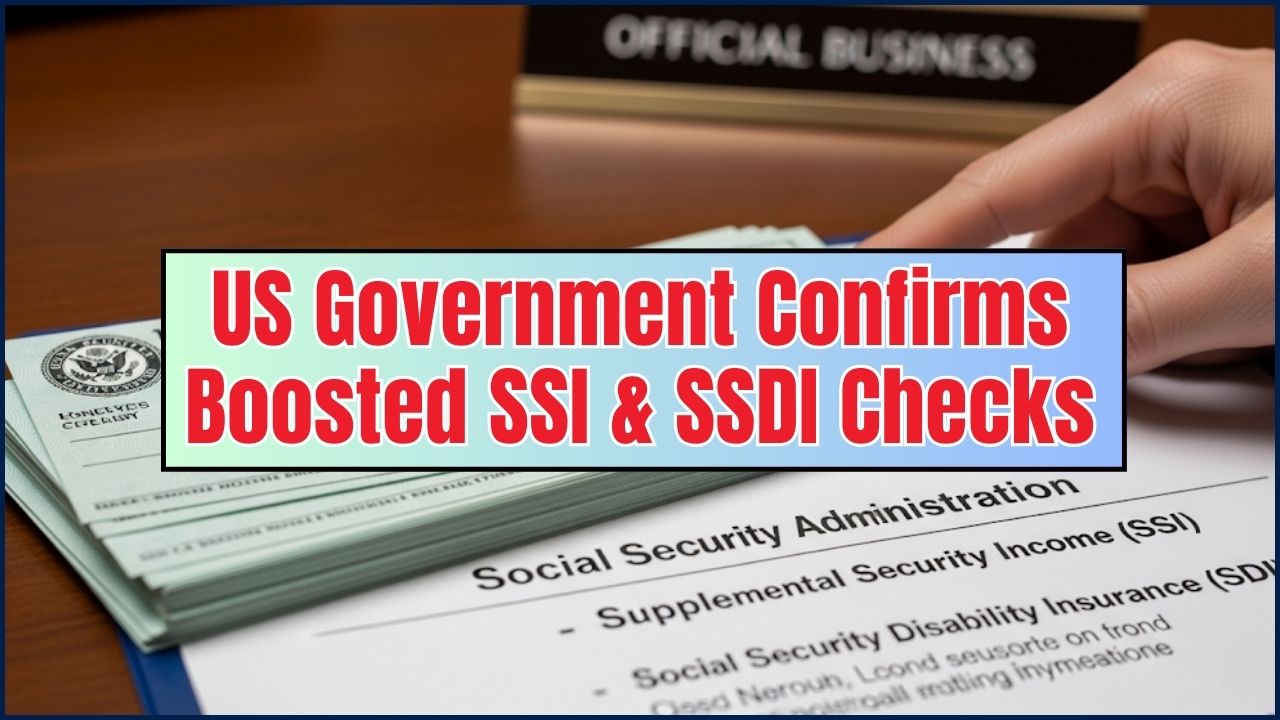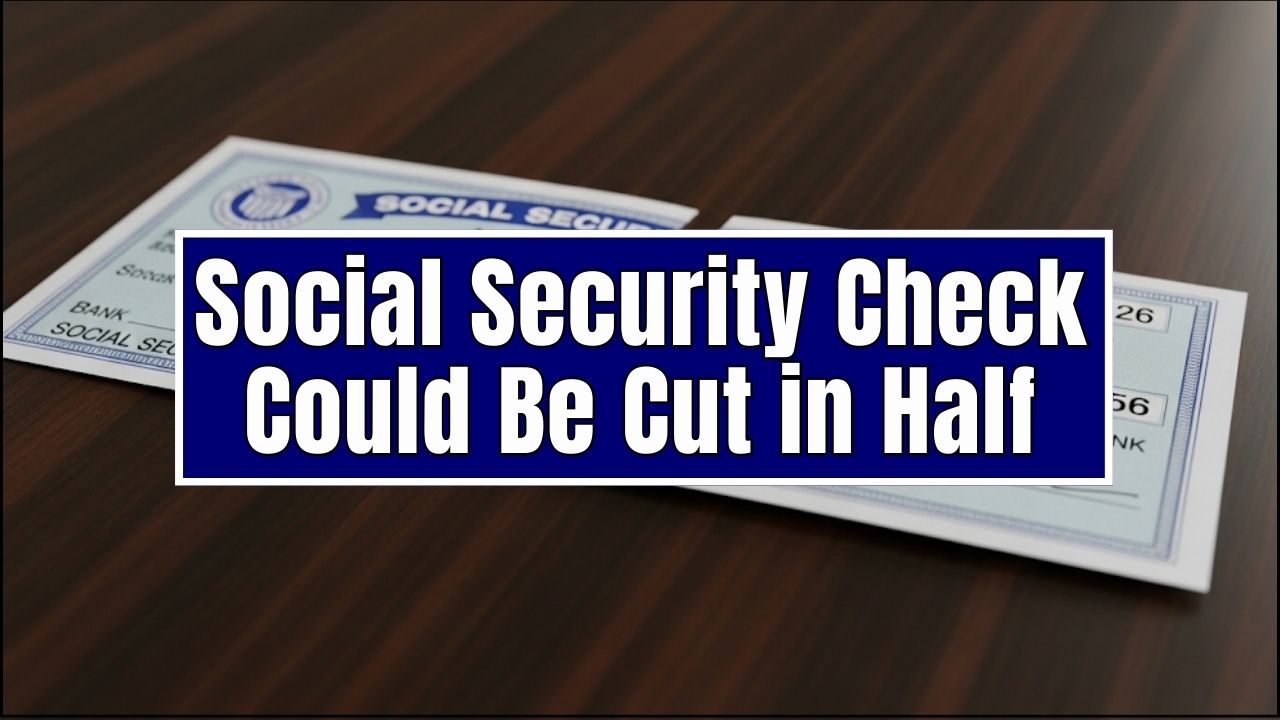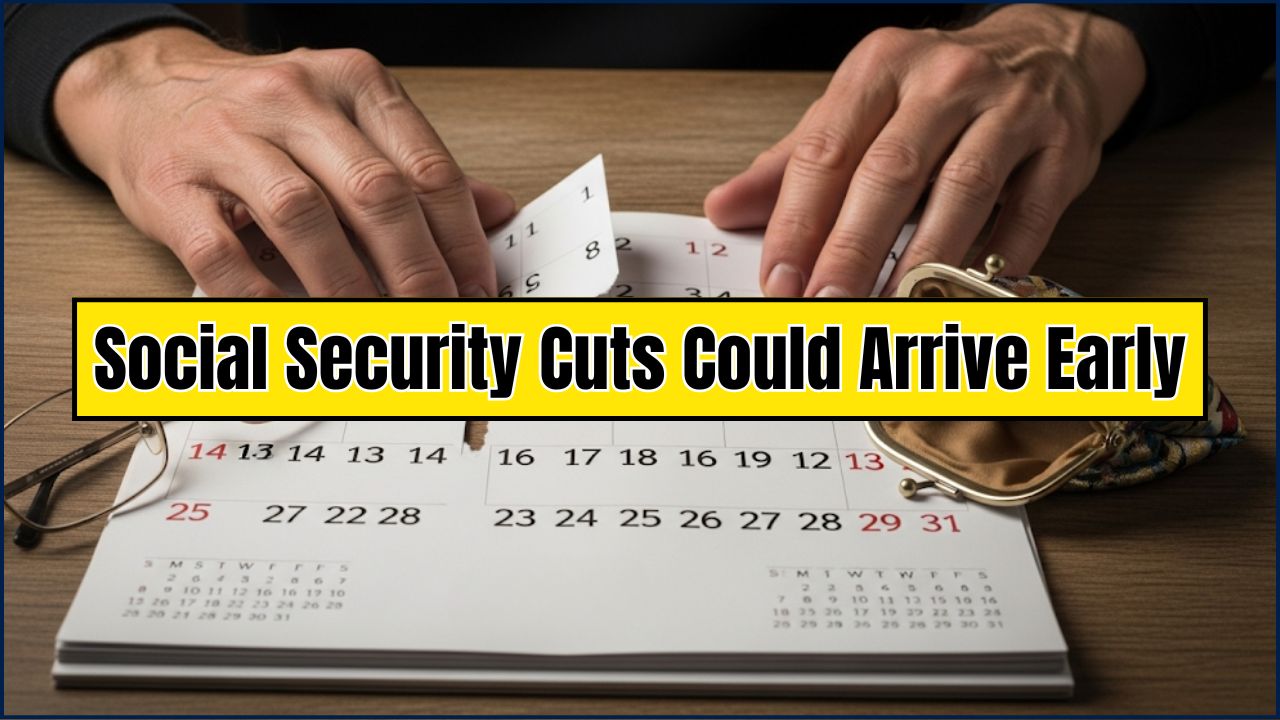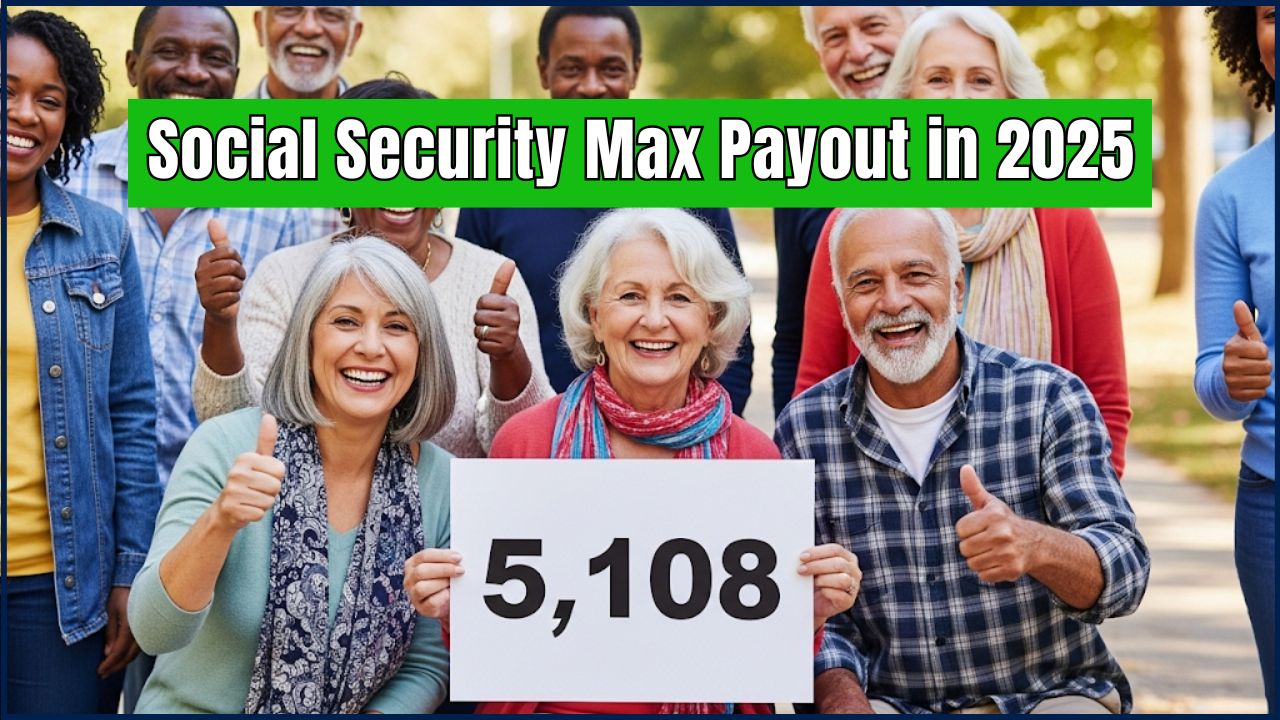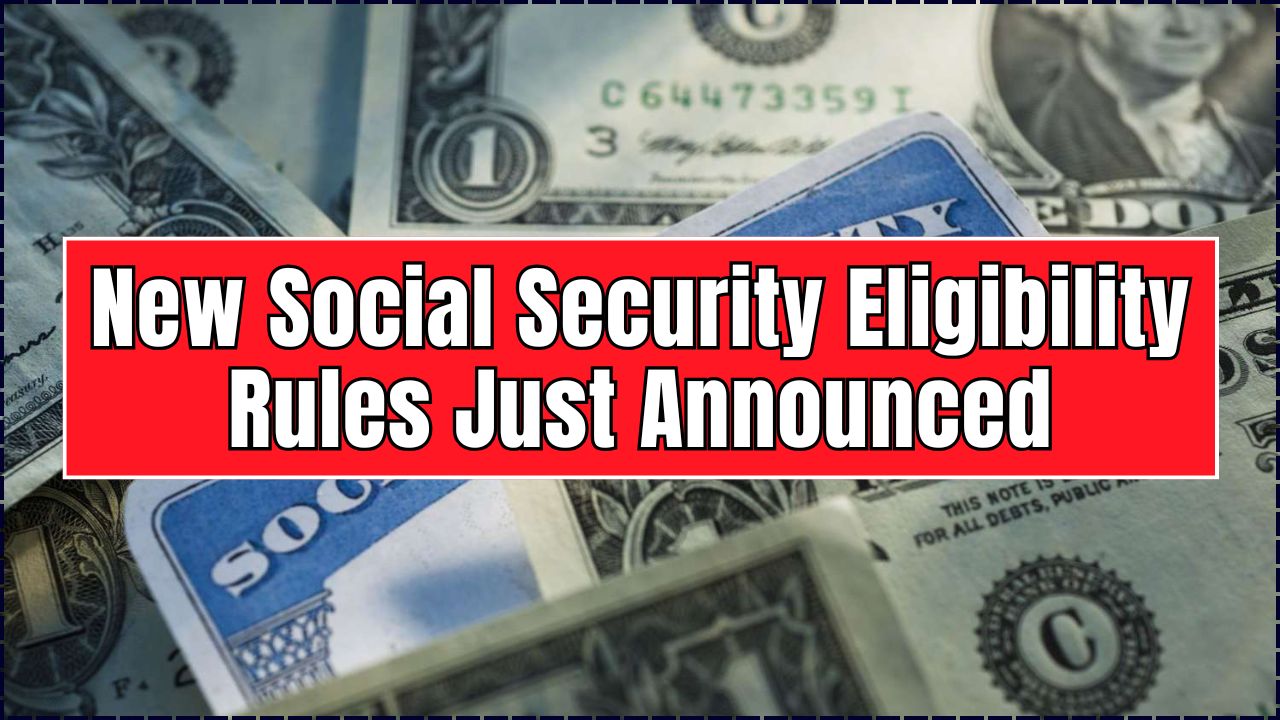If you’re waiting on CalFresh benefits in September 2025, here’s the deal: your money doesn’t just hit on the first of the month. California rolls out payments depending on the last digit of your case number. Knowing your date means you can plan better, avoid stress at the checkout, and keep your pantry stocked.
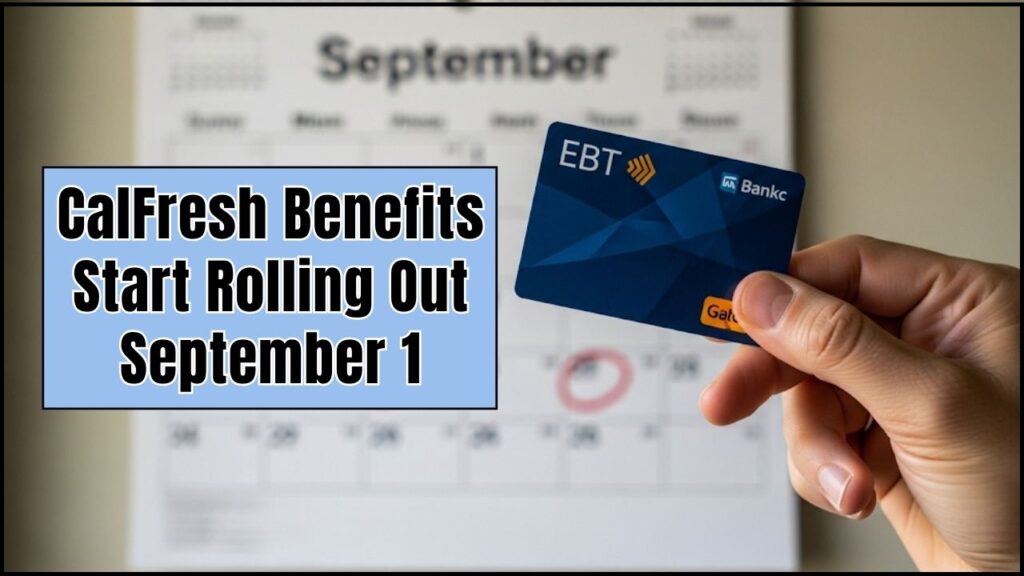
CalFresh, California’s version of the Supplemental Nutrition Assistance Program (SNAP), isn’t just a lifeline for families — it’s a major driver for the local economy. Over 5 million people rely on it every single month.
CalFresh Benefits Start Rolling Out September 1
| Topic | Details |
|---|---|
| Program | CalFresh (California’s SNAP) |
| Rollout Dates | September 1–10, 2025 |
| How It Works | Based on last digit of your case number |
| Number of Recipients | 5M+ Californians monthly |
| Funds Available | By midnight on your scheduled date |
| Economic Impact | $1 SNAP = $1.50–$1.80 in local economy |
The CalFresh September 2025 benefits schedule is simple: deposits roll out from September 1–10 based on the last digit of your case number.
By staying on top of your date, checking your balance, and using smart shopping hacks, you can stretch those dollars further. And don’t forget: CalFresh isn’t just about food — it’s about dignity, opportunity, and fueling California’s economy.
So whether you’re a parent planning meals, a student trying to save, or a social worker guiding clients, knowing the details helps everyone.
A Quick History of CalFresh
Back in the 1930s, the federal government launched the first food stamp program to help farmers and hungry families during the Great Depression. Fast forward, and California branded its SNAP program as CalFresh in 2008, moving away from “food stamps” to reduce stigma and make the program more approachable.
Today, CalFresh is one of the largest state-administered nutrition programs in the country, delivering billions of dollars in food benefits each year.
The September 2025 Deposit Schedule
Here’s the exact breakdown for when your benefits will load:
- 1 → September 1
- 2 → September 2
- 3 → September 3
- 4 → September 4
- 5 → September 5
- 6 → September 6
- 7 → September 7
- 8 → September 8
- 9 → September 9
- 0 → September 10
Example: If your case number ends in 7, your EBT card reloads on September 7, 2025.
CalFresh vs. California Food Assistance Program (CFAP)
| Feature | CalFresh | California Food Assistance Program (CFAP) |
| Federal Program? | Yes, it’s the state version of SNAP. | No, it’s a state-funded program. |
| Who it’s for? | U.S. citizens and legal residents who meet eligibility rules. | Immigrants who are not eligible for federal SNAP benefits due to their immigration status. |
| Benefits | Provides monthly benefits for food purchases. | Provides monthly benefits for food purchases, mirroring CalFresh. |
| Funding | Federal and state funds. | State funds only. |
| Eligibility | Based on household size, income, and certain expenses. | Based on household size, income, and certain expenses; open to individuals regardless of their immigration status, with recent expansions to cover more non-citizens. |
How Does California Compare to Other States?
Every state does SNAP a little differently:
- Texas: Stretches payments across the first 15 days of the month.
- New York: Uses both the last digit of the case number and the county you live in.
- Florida: Deposits are spread between the 1st and 28th (yep, almost the whole month).
So, California’s 10-day schedule is actually pretty fast compared to many others.
Why the Rollout Is Staggered
Think about it — if all 5 million Californians got paid on the 1st, you’d see:
- Long checkout lines at grocery stores.
- Empty shelves at Walmart, Safeway, and Aldi.
- System crashes on the EBT website.
By staggering the payments, the state keeps things smooth, predictable, and less stressful.
Real-Life Impact: A Mom’s Story
Take Maria, a single mom from Fresno with three kids. Her case number ends in “4,” so her benefits always hit on the 4th.
“I plan my grocery trips around that date,” she says. “I’ll stock up on rice, beans, and chicken, then freeze meals so we don’t run out before the next month. Without CalFresh, I don’t know how I’d keep food on the table.”
Her story isn’t unique — it’s the reality for millions across the state.
Pro Tips for Recipients
1. Know Your Dates
Mark your deposit date on your phone calendar. Set a notification the night before so you’re ready.
2. Stretch Every Dollar
- Buy in bulk at Costco (some locations accept EBT).
- Shop farmers markets for bonus “Market Match” credits.
- Use store apps for weekly deals.
3. Use Online Shopping
EBT now works on Amazon Fresh, Walmart Grocery Pickup, and Instacart (select retailers).
4. Double Your Produce
Check programs like Market Match and Double Up Food Bucks that give you extra fruits and veggies for free when you spend CalFresh at farmers markets.
Advice for Professionals & Social Workers
If you’re a caseworker, teacher, or community leader, here’s how you can help clients maximize benefits:
- Educate about the exact schedule so families aren’t left guessing.
- Share resources like 211.org for food banks and assistance programs.
- Encourage healthy food choices and meal planning workshops.
- Stay updated on policy changes from USDA SNAP.
Top 3 Mistakes to Avoid
- Forgetting to Renew: CalFresh benefits aren’t indefinite. You must complete a Semi-Annual Report (SAR 7) or a recertification every year to prove you’re still eligible. Missing the deadline can cause your benefits to be stopped.
- Not Reporting Changes: If your household income or size changes, you must report it to your county office. Not doing so can lead to a benefit overpayment, which you may have to pay back.
- Throwing Out Your EBT Card: Your EBT card is valid as long as you have benefits on it. If your case is closed but you still have a balance, you can use the funds. Keep your card even if you don’t have an active case, as it may be reloaded if you reapply in the future.
Real-World Case Study
Meet Javier, a college student from Sacramento. Last year, he was struggling to afford groceries while working part-time. He heard about CalFresh from a campus resource center and applied. After a simple online application and a phone interview, he was approved. Now, his EBT card arrives with a monthly benefit that helps him buy fresh produce and healthy food, freeing up his limited income to pay for textbooks and rent. The program has been a game-changer, allowing him to focus more on his studies and less on where his next meal is coming from.
The Economic Ripple Effect
According to the USDA, every $1 of SNAP benefits generates about $1.50–$1.80 in local economic activity. That means when CalFresh families shop at local stores, it boosts farmers, truck drivers, store clerks, and even gas stations.
In 2024 alone, California distributed over $7 billion in benefits. That’s not just food security — that’s serious money flowing through the economy.
FAQs About CalFresh
1. What if my benefits don’t show up?
Call 1-877-328-9677 or log in to EBT.ca.gov.
2. What if I lose my EBT card?
Call the hotline immediately to request a new one. Your funds will be safe.
3. Can I get benefits faster in an emergency?
Yes. You may qualify for Expedited Service, which delivers food benefits within 3 days if you meet certain conditions.
4. Do benefits roll over?
Yes, but if you don’t use them for 12 months, your account may close.
5. Can I use CalFresh at restaurants?
Only if you qualify for the Restaurant Meals Program (RMP), available for seniors, people with disabilities, and the homeless in select counties.
